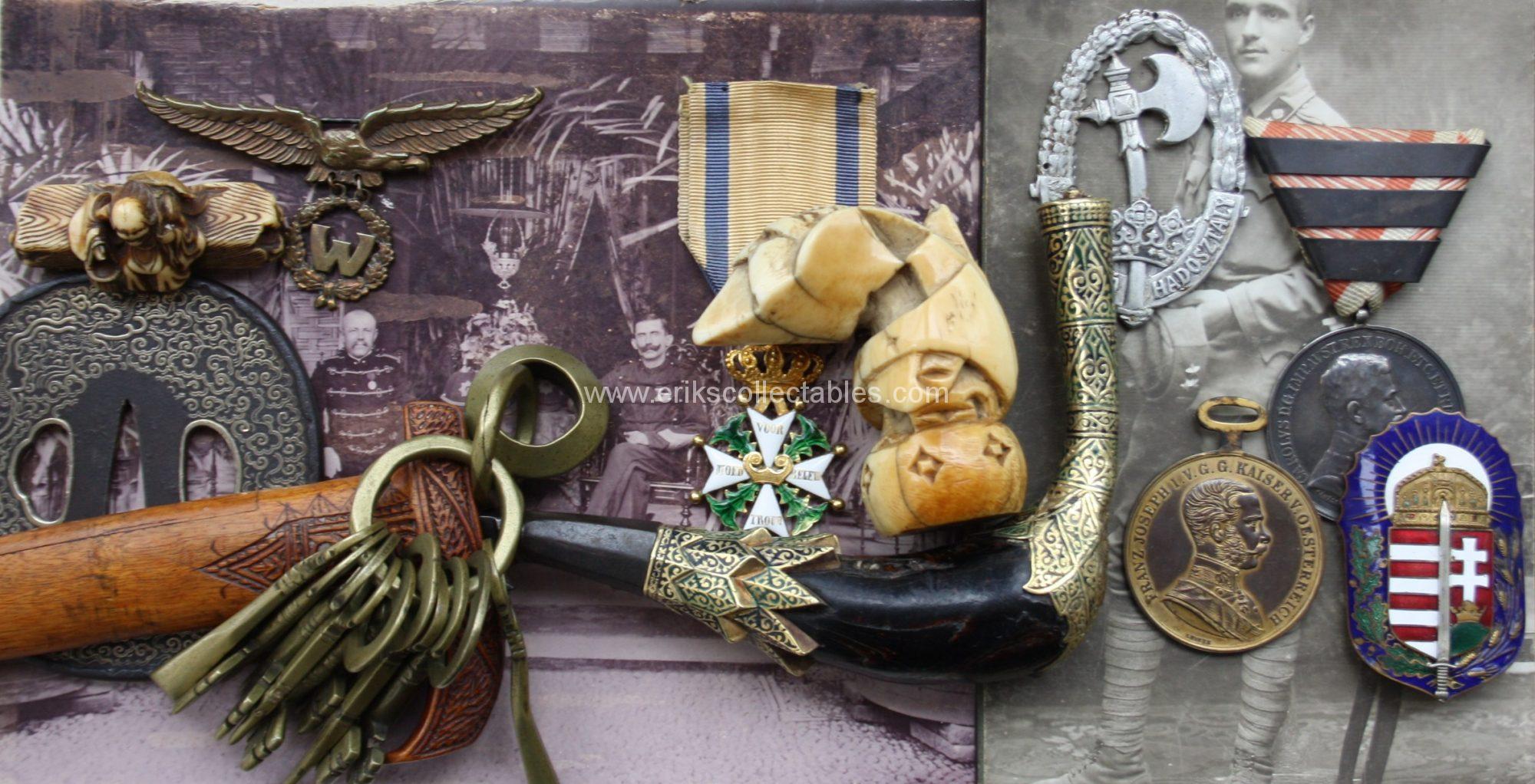This work of art I bought a long time ago when I was somewhere between 12 and 15. when. In those years, together with my late father Herman, we went to all kinds of flea and antique markets to find nice things. On such a quest we found this part of a Chinese scroll in a local (which was Deventer in that period) antique shop. Although it was not expensive I did not have the money to buy it. Because I liked it very much my father decided to buy it for me. In my 20s, when I had some money I had it framed and more recently I had it framed in a more fitting frame with museum quality glass.
Those more than 30 years I have had this work of art in my possession I never researched it further. Now with the possibilities of internet I finally was able to find out something more – many thanks again for the help Internet collecting communities!
It is probably from the 1720-1770 period which falls under the Chinese Qing Dynasty. The artist may be the famous “Ding Guanpeng” one of the great painters of the early Qing period.
Ding Guapeng is also well known for his depictions of the 18 Luohans he made for the Qianlang emperor. The scene shows two of the 18 Arhats or Luohans, the original first followers of Buddha on their mythical beasts in the clouds. Based on the info I found on Wikipedia I think on the left is Pindola the Bharadvaja described there as: Sitting dignified on a deer, as if in deep thought. With perfect composure, contented with being above worldly pursuits. And to the right is Nantimitolo tamer of the Dragon described as : In the hands are the spiritual pearl and the holy bowl, endowed with power that knows no bounds. Full of valour, vigour and awe-inspiring dignity, to succeed in vanquishing the ferocious dragon.

The seal is not of the artist – if it ever was signed that part of the scroll has been lost in time – it is a collectors seal and the seal is Japanese, not Chinese. So this work of art went from China to a Japanese collection before it came to the Netherlands (and who knows where in between…). The seal reads 佐渡 良 Sado Ryo 藏書 books of collection ( Sado Ryo is alias of 坪井 信良 Tsuboi Shinryo 1823-1904 ) So it is safe to say is was collected in the 19th century.

(http://wiki.samurai-archives.com/index.php?title=Tsuboi_Shinryo):
Tsuboi Shinryo Born: 1823/8/28 Died: 1904/11/9 Japanese: 坪井信良 (Tsuboi Shinryou)
Tsuboi Shinryô was a Rangaku medical scholar of the Bakumatsu and Meiji periods, and the father of Tsuboi Shôgorô, known as one of the “fathers” of Japanese anthropology.
Shinryô was born in Takaoka, Etchû province, the second son of Sado Yôjun. He began studying medicine under Koishi Genzui in Kyoto in 1840, and later studied under Tsuboi Shindô in Edo and Ogata Kôan in Osaka, before being adopted by Tsuboi Shindô in 1844/9. He later served as domain physician and educator at the han school of Fukui han, under lord of Fukui, Matsudaira Shungaku, before becoming an assistant scholar at the Tokugawa shogunate’s Bansho shirabesho. He became a physician in service to the shogunate in 1864, and was shortly afterwards bestowed the title of hôgen.
Shinryô established the first medical magazine in Japan in 1873, the Waran iji zasshi, and published a number of other works as well over the course of his career. The magazine lasted 43 issues, ending in December 1875. Meanwhile, Shinryô was named head of the Tokyo Prefectural Hospital in December 1874, and retired three years later.

